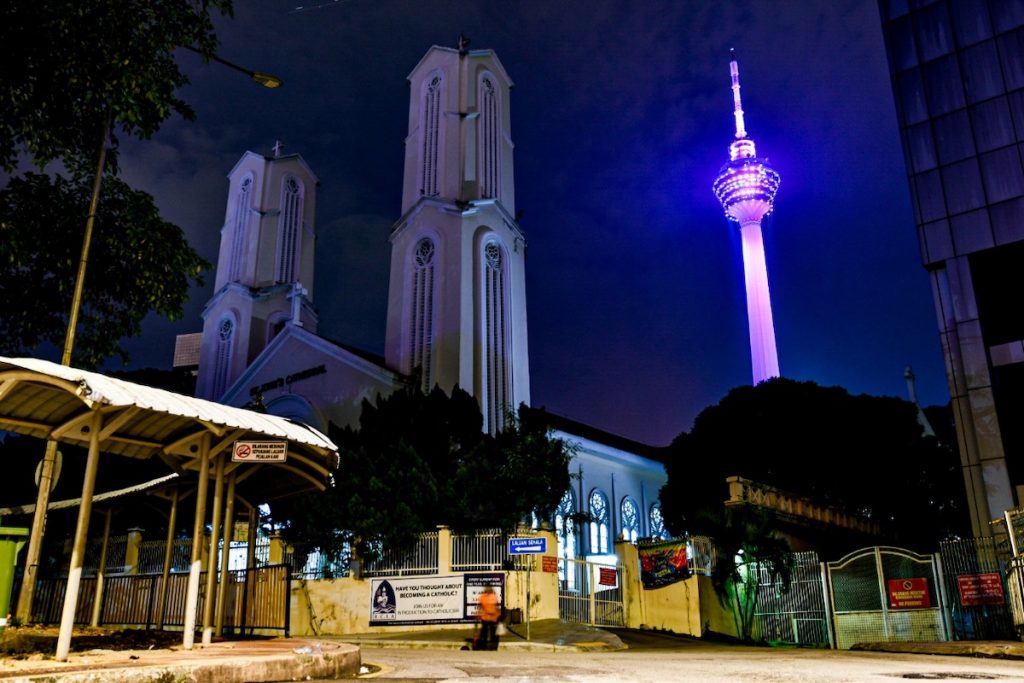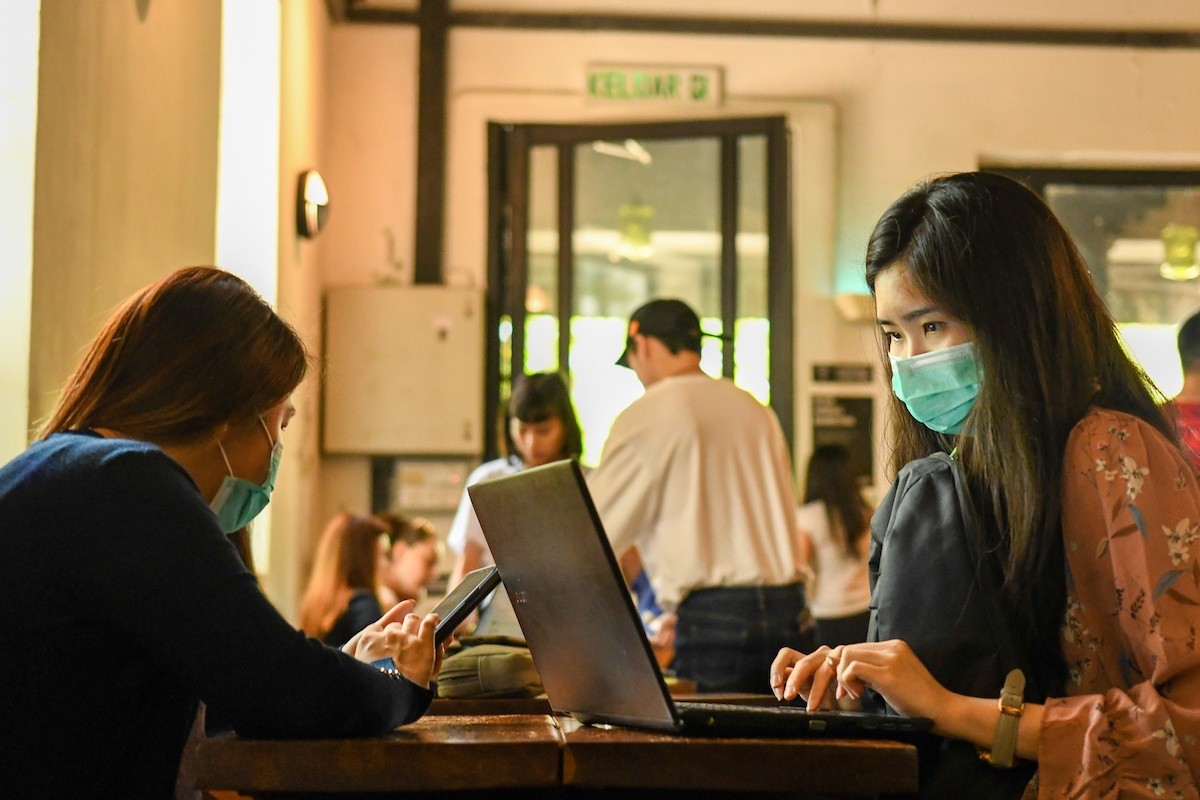Southeast Asia is the region most vulnerable to the new coronavirus outbreak, which has killed 170 people in China and infected almost 8,000 since the turn of the year.
Several dozen cases of the virus have been reported across the region, with 14 confirmed in Thailand— the most of any country outside of China — as of Jan. 28.
The following day, Malaysia and Singapore were reporting seven cases apiece, with one case registered in Cambodia and two in Vietnam. As of Jan. 30, 10 cases were reported in Singapore. Hundreds more people are under medical observation or in quarantine, pending confirmation of infection or a disappearance of symptoms.
The number of cases in Malaysia rose to eight on Jan. 30.
“It looks like the volume of airline travelers from cities in mainland China are highly correlated with the number of cases reported in affected countries,” said Shengjie Lai of the University of Southampton. Lai is the co-author of an analysis of travel trends within and from China, which aims to predict what places might be most at risk of further outbreak.
Of the 30 most exposed cities outside China, 14 are in Southeast Asia, with Bangkok facing the highest risk globally. Singapore, Phuket, and Kuala Lumpur are among the 10 cities most at risk.
Seven of the 14 countries deemed most vulnerable are in Southeast Asia, according to the study, which was published on Jan. 28.
The warnings come as Catholic Church leaders around the region do their part to prevent further spread of the virus among their congregations. Malaysia’s three bishops issued a statement on Jan. 29 encouraging anyone exhibiting “flu-like symptoms” not to attend Mass.
Other directives from around the region have called on churchgoers to refrain from shaking hands during the sign of peace and for shared liturgies to be shelved for now. Holy Communion should be distributed using surgical gloves, and should only “be received by hand only till further notice”, while receiving it by chalice is “suspended until further notice,” according to a notice posted on the Singapore Archdiocese website on Jan. 29.
Southeast Asia has seen a huge growth in trade with and tourism from China since the even deadlier SARS virus scare of 2002-3. International air traffic has doubled in that time, while, according to the research wing of Dutch bank ING, ”Chinese tourists have become a significant driver of global tourism.”
Southeast Asia receives tens of millions of Chinese visitors each year, but now are starting to implement restrictions on inbound travel from affected parts of China.
Most of the coronavirus cases and all the deaths reported so far have been in China, where the virus has been traced to a market in Wuhan, a city of 11 million people in Hubei, a central province. Beijing has put Wuhan under lockdown and temporarily banned all tour groups, which account for around half of all overseas travellers, from leaving the country.

While almost all of the cases reported outside of China so far originated in Hubei, some of this year’s Lunar New Year travel took place before restrictions were imposed on some of China’s affected cities. And with tens of thousands of travellers from affected regions of China likely to have flown abroad prior to the lockdown, authorities such as Thailand’s Health Ministry have raised concerns that secondary transmissions could be possible in the country’s teeming tourist hotspots, after such cases were reported in Japan and Taiwan.
“I think that public health officials are doing the best they can in responding to this emerging disease threat. Our knowledge of the threat and our tools to control it are imperfect,” said Gregory C. Gray, a professor with the Division of Infectious Diseases at Duke-NUS Medical School, a partnership between Duke University and the National University of Singapore.
While Southeast Asia faces a potential health crisis over the spread of coronavirus, the region could see its economies hit hard as tourism from China contracts, on top of any any knock-on effects due to reduced commerce in China.
“The epidemic poses a downside risk to the global economy, even if the disease does not spread more widely, by virtue of the quadrupling of China’s share of global GDP since 2002,” according to Fitch Solutions Macro Research.
Going by 2018 data, tourism accounts for more than five percent of the GDPs of Singapore and Malaysia (that figure is slightly lower in Vietnam). That percentage spikes to 17 percent in Cambodia and 11 percent in Thailand. Three percent of Thailand’s GDP and six percent of Cambodia’s are derived from Chinese tourists, who make up a quarter and a third, respectively, of all visitors to those countries.
Should more cases of coronavirus emerge outside of China, there would likely be additional damage done to people’s livelihoods, if previous viral outbreaks are anything to go by.
According to the UK-based consultancy Capital Economics, “during SARS, the impact on the rest of the region was exacerbated by a slump in domestic spending as people stayed away from shops and restaurants for fear of infection.”
Even if China manages to largely contain the virus from spreading further, the likely contraction of business there will potentially hit some neighboring countries hard, given China’s primacy as a trading partner and source of investment.
“The drop in economic activity in mainland China will lead to lower import demand across Asia,” ANZ Research said on Jan. 29, listing Taiwan and Vietnam as most being the most exposed.







